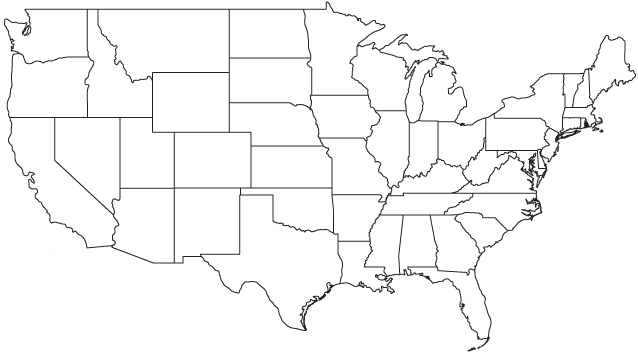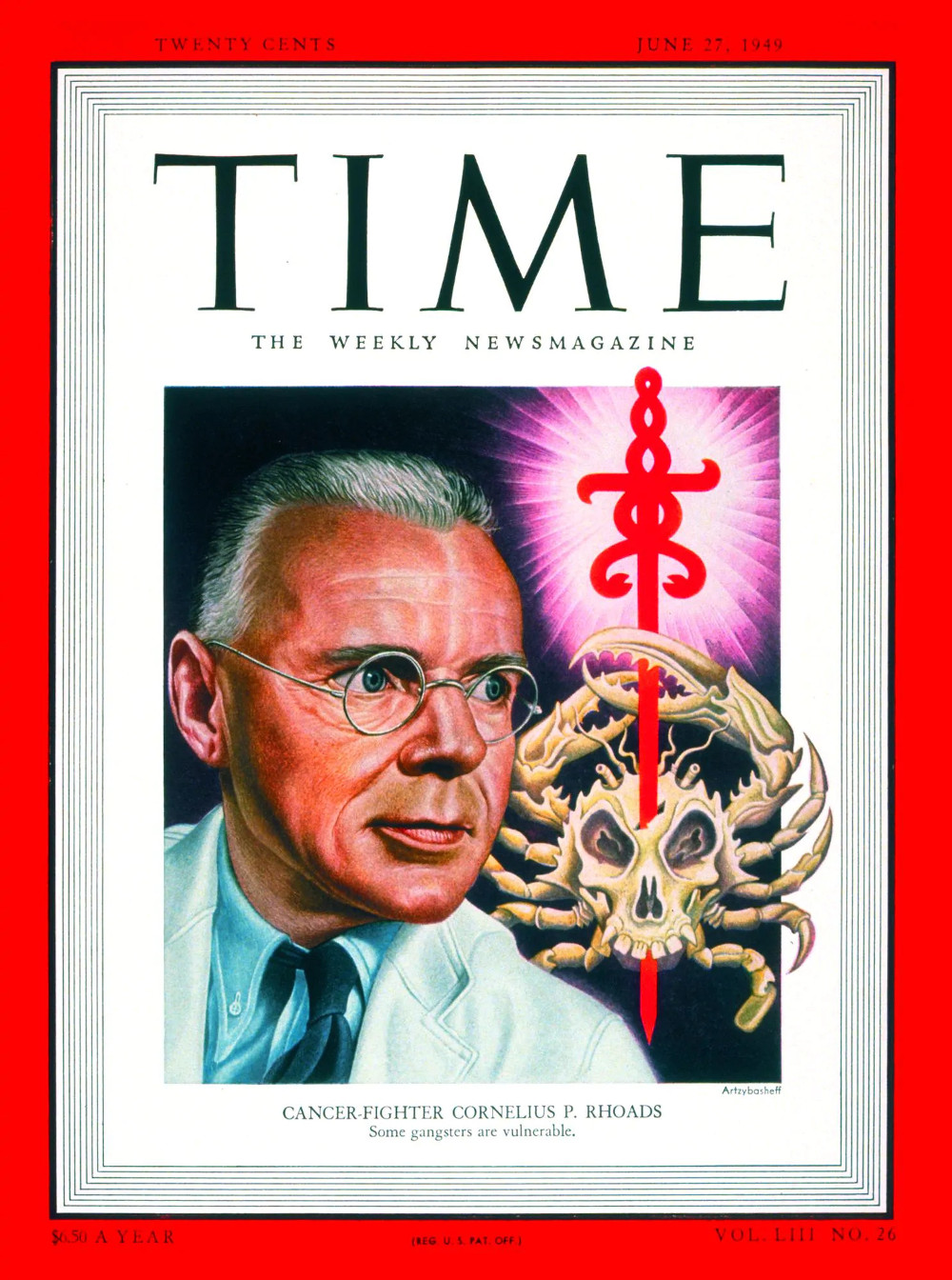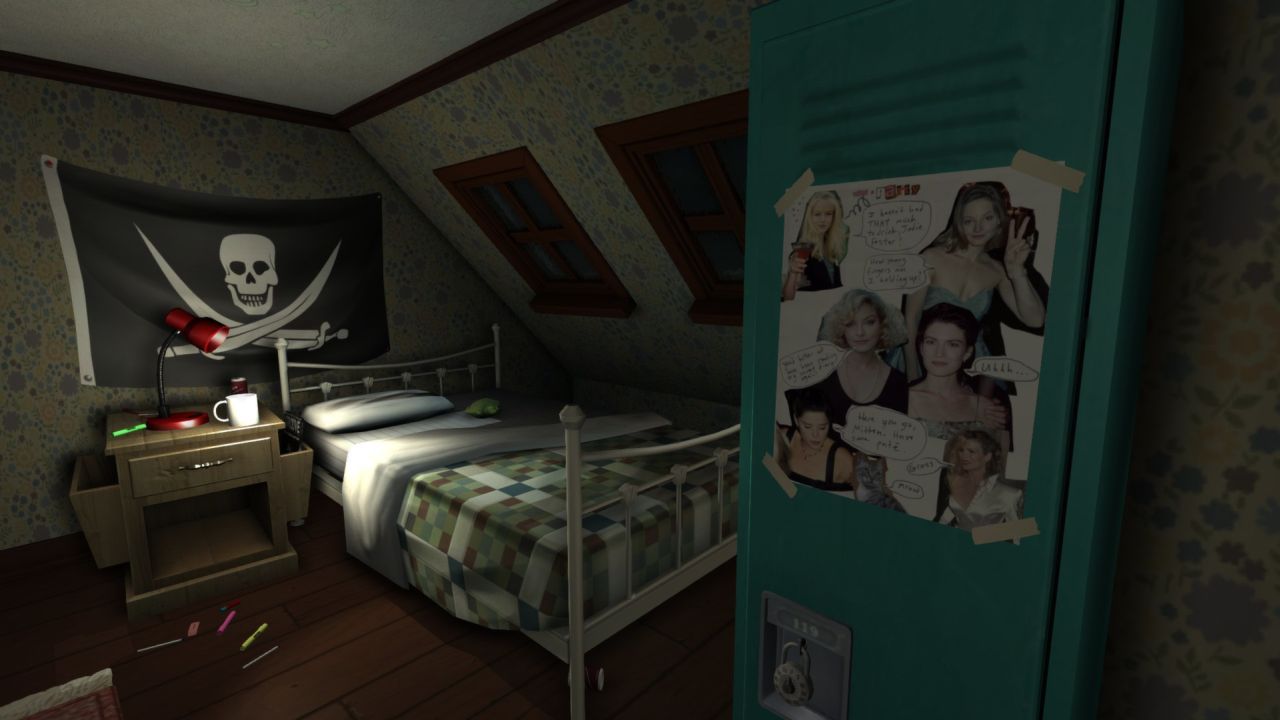Latest reviews
Controls are a little hard to figure out
(apologies to Randall Munroe, https://xkcd.com/2192, licensed CC BY-NC 2.5)
Although a minor tragedy in itself, since it represents a noble skill (engraving) being put towards ignoble ends (as evidenced by the intro by Hindenburg, propagandizing the Central Powers’ lost territory in the Great War; this leading to popular appetite for WWII, a much grander tragedy), each image puts one standing instantly in front of the pastoral fields and elegant churches depicted.
In How to Hide an Empire, historian Daniel Immerwahr argues that we know far too little about the history of United States beyond the contiguous states that make up the “logo map”:

As in the example above, representations of the United States often exclude Hawai’i and Alaska, to say nothing of “territories” like Puerto Rico, American Samoa, Guam, the US Virgin Islands, or the Northern Marianas. But the stories of the millions of people who live there deserve to be heard, and Immerwahr does his best to tell them.
To set the stage, Immerwahr describes the expansion of the United States from coast to coast, and the broken promises and systematic removal of native tribes that came with it. Whether tribes sought to assimilate or to fight, their land was taken; projects like the creation of the State of Sequoyah failed. Instead, US states borrowed the names of native tribes whose land was stolen to create them.
The story continues with America’s quest for bird poop—the annexation of island territory to harvest accumulated guano—and culminates in a America’s colonialism binge at the dawn of the 20th century. In the Spanish-American War, America notably “acquired” the Philippines, Guam, and Puerto Rico. The Philippine-American War that followed—a war in which Filipinos fought for liberation from American colonial rule—caused a civilian death toll in the hundreds of thousands.
The Cancer Man
But the Philippines are not the only country that resisted American colonialism. From the beginning, many Puerto Ricans have favored independence, especially in light of the overt racism they encountered in contact with visitors from the US mainland.
Immerwahr tells the story of Cornelius Rhoads, a US mainland pathologist who visited Puerto Rico as part of an international health effort. Rhoads not only harbored deep racial hatred for the Puerto Ricans, he bragged about murdering them:
They are even lower than Italians. What the island needs is not public health work but a tidal wave or something to totally exterminate the population. It might then be livable. I have done my best to further the process of extermination by killing off 8 and transplanting cancer into several more.
No evidence of these crimes was ever found (which does not mean that they did not take place), and Rhoads called the letter a joke. He faced no significant consequences for it, and became a celebrated cancer researcher (and an expert in chemical and biological weapons, charged with approving tests on human subjects during the war).

Time Magazine cover featuring Cornelius Rhoads, June 27, 1949. (Credit: Time Magazine. Fair use.)
The Rhoads letter was a major scandal in Puerto Rico that drove many to join its burgeoning independence movement. One of them was Oscar Collazo, who joined with another Puerto Rican nationalist in an attempt to assassinate US President Harry Truman in 1950.
Due to the historical amnesia that characterizes America’s relationship with its “territories”, it was only in 2002 that Rhoads’ name was removed from a prestigious award due to the letter in which he bragged about murdering Puerto Ricans. “And that’s how you hide an empire”, Immerwahr observes.
The Empire of Points
The later part of the book mainly deals with the question why America did not become an empire in the British mold after World War II. Instead, the US relinquished control over one colony (the Philippines, through the Treaty of Manila) and sought to establish no new colonies elsewhere. Military bases around the world—a “pointillist empire”—replaced the conventional model of control over vast swaths of territory.
Immerwahr sees multiple reasons for this change, most notably:
-
the growing rise of independence movements around the world, which made colonies an increasingly costly proposition;
-
America’s leadership in synthetics, logistics, and standardization—achieved in significant part through wartime efforts—which enabled it to project military and economic power throughout the world, without being dependent on territorial control;
-
wartime weariness of US troops, who wanted to go home, not occupy a country like the Philippines they had fought side-by-side with the Filipinos to defend.
Immerwahr concludes by examining the political and cultural impact of US military bases, and the connection between this new form of imperial power and the threat of terrorism organized from many small, well-hidden locations.
The Verdict
Immerwahr is a very talented writer, and How to Hide an Empire is full of facts about the “Greater United States” most readers are unlikely to be familiar with. While this isn’t a funny book, Immerwahr isn’t shy to use humor and the first person intermittently throughout the book, without it seeming out of place.
All of this is a potent combination, and I found the book to be a real page-turner. My only criticism is that the author, in emphasizing the role of territory (from colonies to military bases), ends up spending very little time discussing the many other ways the US has projected imperial power, from overthrowing governments to meddling in elections.
While I don’t believe for a moment that this was the author’s intent, readers unfamiliar with this larger history might come away with the impression that the territorial story is the whole story. A larger analytical frame would have served the book well, but as it is, it remains a very readable and insightful analysis of America’s relations with the people who live in the United States beyond the logo map.
Good 100% vegan place to have a decent meal. The service was very friendly and quick. The food was good.
No alcoholic beverages are available.
The short stories in this 450 page collection by Ken Liu (The Grace of Kings) span historical fiction, fantasy, and science fiction. They include:
-
the story of a woman living in a world in which souls are real, and represented by physical objects we carry around with us (the protagonist’s inconveniently manifests as an ice cube);
-
the story of an American girl in 1960s Taiwan who befriends a Chinese practitioner of the divination practice known as literomancy, and whose friendship gets caught up in the Cold War;
-
the story of a couple of who invent a method of witnessing (but not altering) historical events as they occurred, and who use it to produce modern eyewitness accounts of crimes against humanity committed by the notorious Unit 731 in China during the Second Sino-Japanese War (1937-1945).
Themes that run through many of the stories featured here include the pursuit of personal and historical truth; the balance of self-interest and societal interest; the transmission of culture and tradition through migration and trade.
Liu, who was born in China but whose parents moved the family to the United States when he was 11 years old, has done much to make Chinese speculative fiction available to Western audiences. Most notably, he translated the best-selling The Three-Body Problem into English, and has curated two anthologies of Chinese sci-fi (Invisible Planets and Broken Stars).
Many of his short stories incorporate elements of Chinese history and folklore. This makes them great jumping off points for further exploration. For example, one story about a group of Chinese gold miners coming to a town in 19th century Idaho explores the fascinating mythology surrounding Guan Yu (a general in ancient China).
Above all, I admired Ken Liu’s willingness to confront difficult themes unflinchingly. Many of the stories featured here pack quite an emotional punch, and often expose us to humanity at its worst and and its best in the same story.
While I would rate some individual stories in this volume as low as 3 stars, the best ones (including the title-giving The Paper Menagerie) are so exceptionally good that I would recommend the collection as a whole highly to any fan of speculative fiction.
OpenStreetMap, despite having “map” in its name is more than just a map, and certainly more than just a street map. It’s a collaboratively authored and edited geodatabase. You can enter anything that is objectively verifiable “on the ground” into it, and conversely you can find almost everything in it, though without any claim of accuracy, completeness or up-to-date-ness. (Though if you notice anything to be inaccurate, incomplete or out-of-date, you’re free to improve it.) The data for the complete “planet” can be freely downloaded and analyzed, or used to build your own maps, navigation, or what-have-you. There’s a whole ecosystem of third-party services, tools and derived works (such as maps) that has developed around that.
The data model is unlike the others commonly found in the GIS world, which makes analysis of OpenStreetMap data with general-purpose GIS tools cumbersome at times.
Disclosure of conflicts of interest:
I am:
- a user and contributor of OpenStreetMap
- a member of the OpenStreetMap Foundation (OSMF)
- a board member of the Swiss OpenStreetMap Association (SOSM), the Swiss local chapter of the OSMF
Ein nettes, einfach zu bedienendes aber nicht so leicht zu meisterndes Spiel für zwischendurch. Wenn ich es länger spiele, wird mein FairPhone 2 allerdings recht heiß …
As usual, I’m late to the party. Gone Home caused quite a stir when it came out in 2013. Many critics and players loved it; some angry gamers hated it, some of that hatred helped fuel the misogyny horror show known as Gamergate. Today, Gone Home is available for Windows, Linux, Mac, Switch, PS4, Xbox One, iOS, and your toaster. It remains a polarizing game, and it’s not hard to see why. You can finish the game in 2-3 hours; it features no conventional “puzzles” or action, and one of its central themes is a lesbian coming-out story.
Gone Home is a first-person exploratory game. It’s the mid-90s, you’re 21-year-old Katie Greenbriar, home from your big European adventure, only to find that your parents and sister are not there. What happened? While a storm rages outside, you walk from room to room of the “psycho house” your family moved into, trying to find clues to their disappearance. The home is littered with paper—handwritten notes, letters, photographs, receipts, books, post-its, and so on. Some notes lead to audio logs that add to the evolving story.

To find out what happened to your sister, you may have to figure out a way into her personal locker. (Credit: Fullbright. Fair use.)
Unlike a point-and-click adventure, where almost every item you encounter has some role to play, here you can interact with countless objects—pens, glasses, knick knacks, etc.—but most of them have no relevance to the plot. You have to sort through the messy home, and the house has a few secrets of its own.
There’s remarkable attention to detail, especially in the riot grrrl aesthetic of your sister’s belongings. In addition to zines and posters, you can even pick up and play cassettes with music featuring bands like Bratmobile and Heavens to Betsy.
Gaming is now a bigger tent than it ever was, and just as writing has room for short stories, gaming has room for experiences like this, where your own interpretation of a story takes precedence over puzzles or action.
My biggest criticism is that the sheer abundance of paper clues made the game a bit less atmospheric, more like an artificial world that an author has littered with stuff I’m supposed to find. Someone needs to teach the Greenbriars about recycling.
The game makes up for flaws like this with a layered story that is moving and well-told. If you’re not looking for a 20 hour diversion or a 200 hour addiction, and if exploring a story on your own terms sounds appealing, then I recommend giving Gone Home a spin. I wouldn’t have bought it at the regular price of $15, but at a discounted $6 price on GOG, it was well worth the money.
Republic wireless is a unqiue cell service provider. They use an always on app to provide service through a combination of cell and VOIP. They only provide service to certain phone models that are listed on their site.
Cost
The prices are good if you use less than 2GBs of data, 2GBs and unlimited talk and text is $25.
Service
Coverage has been fine since they use brand name cell networks to provide coverage. They route all service through WiFi when possible so you always have good service at hotspots.
Gotchas
Republic tries to hide the magic they do behind the scenes to provide low cost service which has led me to run into some weird cases where I had issues.
- Phone numbers are classified as landline
- venmo won’t allow you to register non-mobile number
- calls are routed through underlying numbers that serve multiple endusers
- gotten multiple calls that seem meant for other people, unclear if for my number or the underlying number
- app controls your service
- had the app crash one day(likely my fault) and calls wouldn’t go through even to voicemail and texts that were sent to me never showed up
- weird interactions are possible see https://help.republicwireless.com/hc/en-us/articles/360024889393-Can-Security-Apps-Affect-My-Call-Quality-
- You must be on latest version of Android for your device for activation
- running a version of android that is NEWER than what the manufacturer has released will be rejected, they verify this using build id property
Verdict
Service has worked well the majority of time for low cost. The problem is that other providers have plans for similar cost that don’t require dealing with all the weird gotchas that come with Republic’s service.
From the projects homepage, “A free-as-in-freedom re-implementation of Google’s proprietary Android user space apps and libraries.”
Requirements
You’ll need a ROM with signature spoofing enabled natively or using a patcher like nanodroid-patcher. Magisk is optional but will help pass safetynet. Installation using nanodroid and Magisk is fairly easy.
GMSCore/UnifiedNlp
This is app implements play services and location services. The location services piece allows you to choose your location provider with options to use local or online databases. This saves you from sending your location to google several times a day when NOT using GPS and more when you are. I didn’t run many apps from the google store but in general had few issues even with apps that were supposed to use google services. Although, one app I needed could not get location and the log showed the same error as a bug report from over a year ago.
GsfProxy
This worked well when setup correctly but required that apps be installed after microg or the apps wouldn’t register correctly. GCM still sends data to google as an intermediary, the code running on your device is FOSS to limit your exposure to google. Some apps will probably miss funcationality since all of the messaging apis aren’t implemented. There’s no database telling you what will or won’t work, you have to find out for yourself.
Safetynet
This is a service provided by google to check that your phone has not been modified or applications won’t allow you to use them. Passing safetynet is a constant cat and mouse game with google changing setting so one day you’ll pass and then you won’t. Magisk should help by hiding your modifications but issues still seem to crop up based on the open issues.
Long Term Update
After a year plus of usage, I had a generally positive experience but, had to switch back after needing to use an unsupported app and unifiedNlp stopped working correctly.
Verdict
A much needed app to put google at arms length on your phone. Usage is not for the faint of heart. You’ll want to limit your apps that use google services for the best experience. You’ll also have to be a part time sys admin with backups and updates of the device for when somethings goes wrong.
